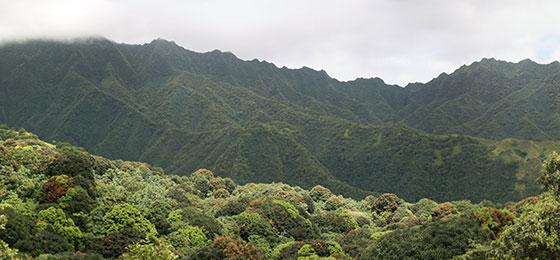Entry into force of the Nagoya Ordinance

The Nagoya Ordinance came into force on 1 February 2016. The SNSF has added sections on Access and Benefit Sharing to its application forms.
Alongside the Nagoya Protocol and the laws on protection of natural and cultural heritage, the Nagoya Ordinance forms Switzerland’s legal basis for the use of other countries’ genetic resources. The Ordinance by which the protocol is transposed into national law places on researchers an obligation to carry out due diligence on research that involves genetic resources from a country that is a signatory to the Nagoya Protocol.
Due diligence
The Ordinance details the information to be gathered in respect of the due diligence and imposes an obligation to notify the Federal Office for the Environment (FOEN) before products created using genetic resources are marketed or sold. It also requires access to genetic resources in Switzerland to be documented and extends to traditional knowledge linked to genetic resources. Compliance with this due diligence and/or notification requirement is the responsibility of the researcher(s).
The FOEN is the competent authority for the implementation of the Nagoya Protocol and provides researchers with information on the procedures that they must follow. To encourage the practice of due diligence, the SNSF has added sections on Access and Benefit Sharing (ABS) to its application forms. All research that is carried out within the framework of the Protocol must be declared on these forms under "Research requiring authorisation and notification".
The Nagoya Protocol
The Nagoya Protocol on Access to Genetic Resources and the Fair and Equitable Sharing of Benefits Arising from Their Utilization is an international agreement in relation to the environment. Its aim is to implement a range of provisions of the United Nations Convention on Biological Diversity, which was adopted in 1992. The objectives of the CBD are the global conservation of biological diversity, the sustainable use of its components, as well as access to genetic resources and the fair and equitable sharing of the benefits arising out of their utilisation.
The Nagoya Protocol was adopted in 2010 and has since been ratified by the European Union and 66 other states, including Switzerland on 11 July 2014. Switzerland’s commitment to the Protocol was cemented by its implementation in the Federal Act on the Protection of Nature and Cultural Heritage (NCHA) on 12 October 2014. The Federal Council adopted the Nagoya Ordinance which specifies the provisions of the NCHA on 11 December 2015. The Ordinance came into force on 1 February 2016.
Detailed information on the Nagoya Ordinance and its implementation can be found on the websites of the Federal Office for the Environment (FOEN) and of the Swiss Information System for Biodiversity (SIB).
Sources: FOEN